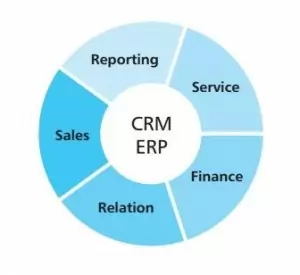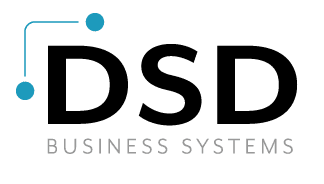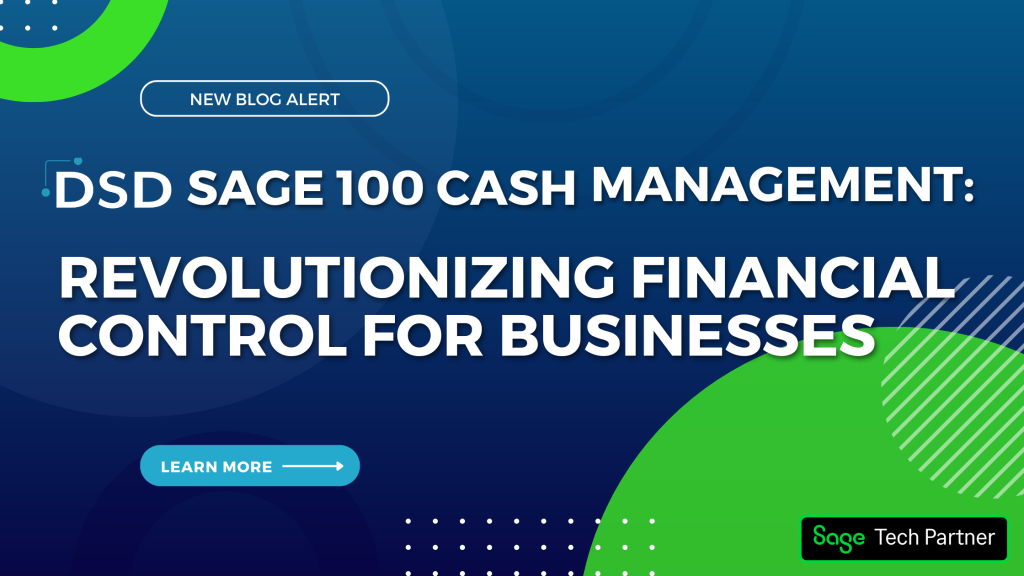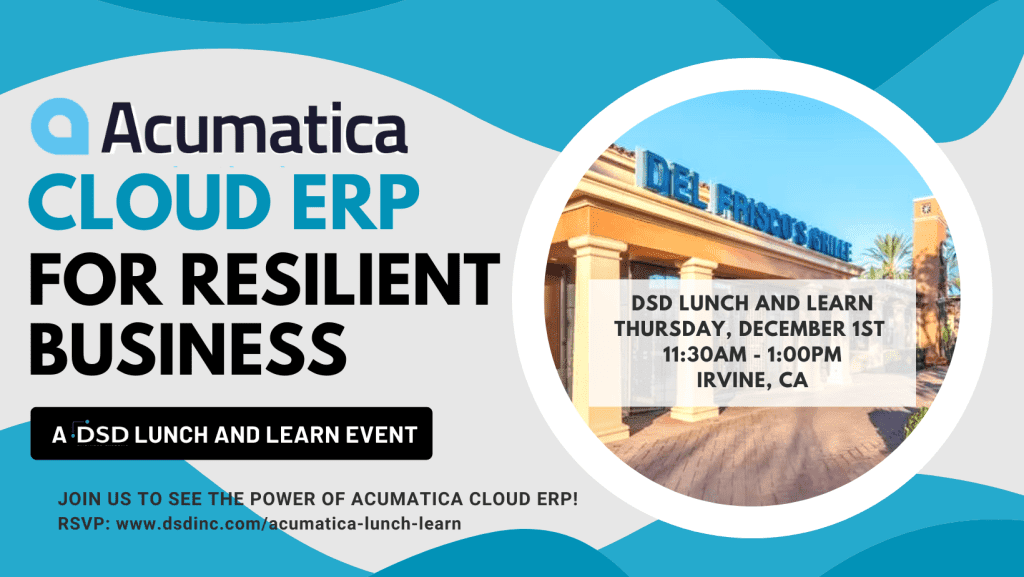What’s Ahead in 2013 for the ERP Market
Now that we’re at mid-year, what’s ahead for ERP an d CRM products and for the market for the rest of 2013 and beyond?
d CRM products and for the market for the rest of 2013 and beyond?
Better Software
There is a growing demand for ERP and CRM software in emerging markets around the world. Publishers who play on the world market are now making huge R&D investments in the areas of mobility, verticalization, multi-language and multi-currency, localization and data intelligence. Even if you’re just a distributor in Denver, these efforts are important and you benefit from them. They result in faster software, process improvements, improved and intuitive user interfaces, etc. The world is sharing its best practices with you.
Better and More Refined Definition of “Cloud” Services
The “cloud” is getting a great deal of attention, with most ERP and CRM publishers offering “true cloud” or “private cloud” products. A cloud product is simply any software service that is delivered via the Internet, and there are now great cloud options for ERP and CRM users. NetSuite and Sage have an array of cloud, private cloud, and connected service products, and you’ll definitely see cloud adoption increase in 2013 and beyond.
Greater Importance of Mobility
 Mobility is a trend that will continue to grow in importance. All publishers want their users to be able to access their software remotely, securely and efficiently. This means that everyone is working hard to make their clients as thin as possible, to make the best use out of the user’s mobile display, and to improve system security. This is important for road warriors, delivery staff, and for shop or warehouse floor users. It also benefits telecommuters, whose numbers are increasing.
Mobility is a trend that will continue to grow in importance. All publishers want their users to be able to access their software remotely, securely and efficiently. This means that everyone is working hard to make their clients as thin as possible, to make the best use out of the user’s mobile display, and to improve system security. This is important for road warriors, delivery staff, and for shop or warehouse floor users. It also benefits telecommuters, whose numbers are increasing.
Localization Permits Greater Global Adoption
Localization is the term that’s used when a software product has been tailored to suit the local market, and it will be a significant trend in the last half of 2013 and beyond. It means screen displays in English or Spanish, with amounts shown in pesos or dollars, and it means the ability to recognize and accurately handle VAT, local tax structures, and local laws affecting the way in which business is conducted. It also implies the capability of rolling far-flung operations into one single, meaningful financial picture. The world keeps getting smaller and software cannot succeed on a global stage without these capabilities.

Tailoring Software for Vertical Markets
Verticalization is the addition of specialized features or processes to ERP or CRM software, to allow it to better serve the needs of a vertical market or industry. We’ve seen recent acquisitions by Sage and NetSuite that allow it to better serve manufacturers, and all ERP software publishers have been, and will be very aggressive about providing “connected services” that allow users to access vertical market features in the cloud.
Making More Sense of “Big Data”
You’ll hear a lot more about “big data” in 2013 and beyond. On a large scale, it’s the storage and analysis of trillions of pieces of information, in order to discover patterns or trends that would have otherwise gone unnoticed. On a smaller, more accessible scale, it’s the use of “business intelligence” software to look at how your company performed in the past in order to predict how it will do in the future. Data intelligence is made possible by the ever-increasing speed of processors, and by advances in data storage.
 Cloud Fosters Software-on-Demand
Cloud Fosters Software-on-Demand
“Software on-demand” will continue to be a big trend in 2013. This term simply refers to a product that can be subscribed to online, and which can be easily turned on when it’s needed, or turned off when its use is no longer being contemplated. Subscription pricing is available for most publishers’ ERP and CRM products, and it’s an extremely affordable way to learn about a product’s capabilities without making a huge investment. In the last half of 2013 and beyond, you will see more and more software publishers making their software available to consumers using this payment model, and this trend is not exclusive to cloud-based products.
Watch Out: More Transaction Fees
The last trend worth mentioning is the trend by publishers to monetize their businesses via transaction fees. Increasingly, publishers are disallowing the use of third-party vendors for functions like credit card processing, and forcing the use of their own processor, in order to grab their share of the lucrative card transaction fee pie. This is a cautionary tale for the user, who should find out if they will be forced to use a particular credit card processing company, a particular forms provider, a particular payroll processor, etc. Often, the vendors that are mandated for use by the software publisher are high quality and competitively priced, but this is something that should be considered by the user.
As a provider of some of the top ERP and CRM solutions (Sage and NetSuite), DSD Business Systems has a birds-eye view of key trends and how they impact our customers. We work with thousands of companies every year, helping them make their internal processes more efficient and consistent, by helping turn data into actionable knowledge, and by helping them stay in touch with their prospects and customers.
Written by Doug Deane, President & CEO of DSD Business Systems





